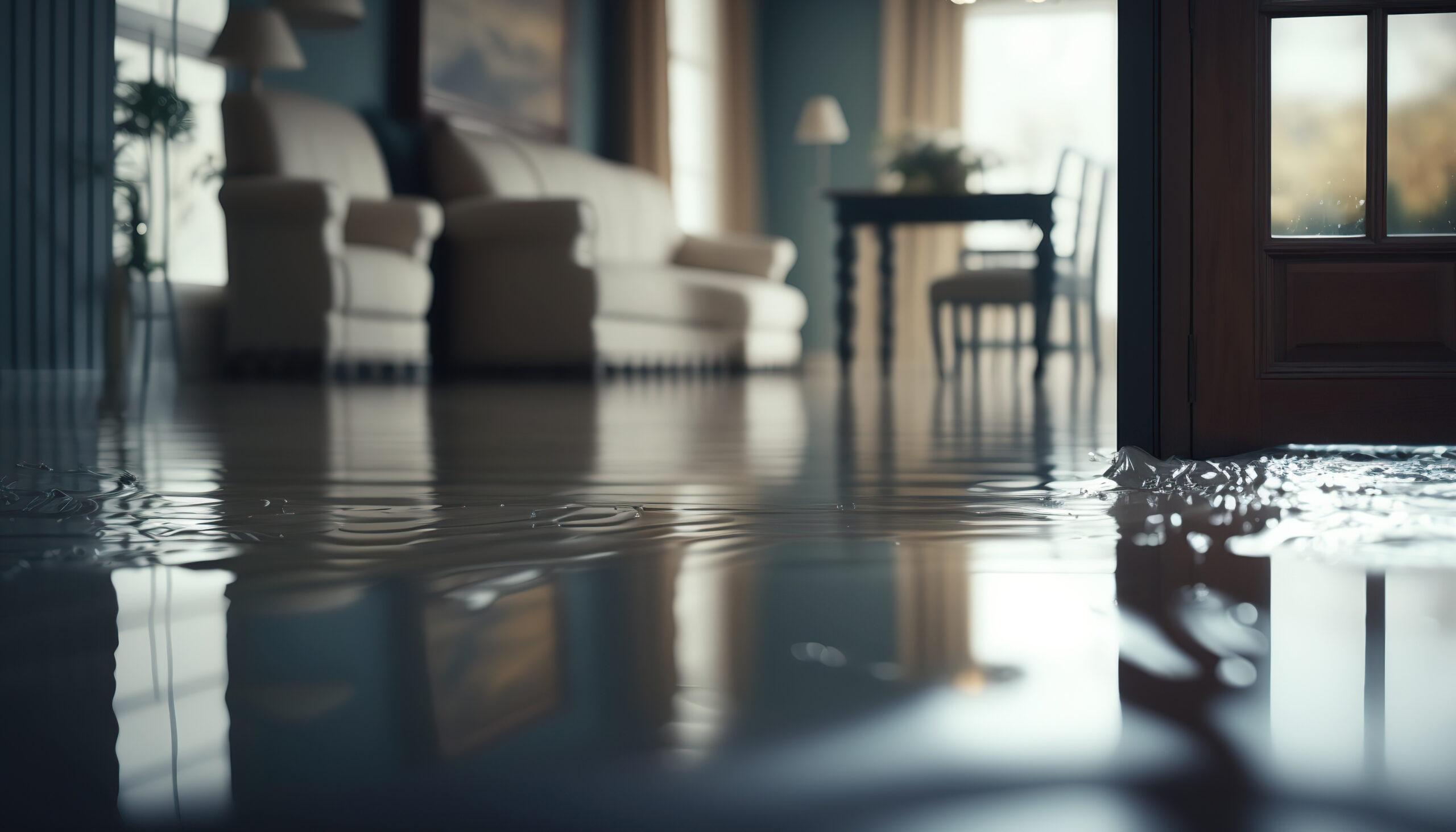
The Role of Technology in Modern Water Damage Restoration Services Nov 06, 2025
To begin with, water damage can occur unexpectedly due to events like natural disasters, plumbing failures, or faulty appliances, causing extensive property damage. Speed and efficiency are critical in these situations to prevent further deterioration. This is where the integration of technology plays a crucial role.
One of the key technological advancements in water damage restoration is the use of thermal imaging cameras. These devices have revolutionized how technicians detect moisture hidden within walls, floors, and ceilings. Traditional methods often involved intrusive actions like removing sections of drywall to locate the source of moisture, which was both time-consuming and costly. Thermal imaging technology allows professionals to pinpoint problem areas accurately without unnecessary damage. This not only hastens the restoration process but also reduces the cost for homeowners and businesses.
Another leap in technology is the deployment of industrial-grade dehumidifiers and air movers. Following water extraction, these tools are essential to ensure complete drying and prevent mold growth. Unlike standard household fans or dehumidifiers, the commercial-grade equipment used by EFS Water Restoration ensures that the drying process meets professional standards. These machines are equipped with smart technology that can adjust the speed and intensity based on ambient conditions, maximizing efficiency and effectiveness.
Moisture meters equipped with advanced sensors provide another layer of precision. These devices measure the level of moisture within materials and help restoration experts determine when an area is thoroughly dry. This prevents the premature closure of repair jobs, which can lead to hidden mold growth, a problem often missed in the absence of technology-driven solutions.
Moreover, the advent of robust project management software optimizes the restoration process. Such platforms enable EFS Water Restoration to streamline operations by coordinating tasks, scheduling technician visits, and keeping clients informed throughout the restoration process. The use of cloud technology ensures that all data is accessible anytime and anywhere, improving communication and customer satisfaction.
One cannot overlook the significance of remote monitoring systems. These systems allow for constant monitoring of the drying process from a distance, providing real-time data to technicians. This technology supports decision-making by offering insights into changing environmental conditions, thus aiding in appropriate adjustments to the equipment as needed.
EFS Water Restoration is committed to adopting the latest in technology to enhance service delivery. By leveraging technological advancements, they aim to provide quicker, more reliable, and cost-effective solutions for their clients. This embrace of technology does not only improve the quality of restoration services but also ensures that homes and businesses return to normalcy as promptly as possible.
In conclusion, technology is an undeniable powerhouse in modernizing water damage restoration services. It enhances precision, efficiency, and communication, ultimately leading to better outcomes for customers. Companies like EFS Water Restoration continue to integrate these technologies, guaranteeing that property owners receive the most advanced care available. As technology continues to develop, we can expect even more innovations to emerge, continually improving the standards of water damage restoration.
/filters:no_upscale()/filters:format(webp)/media/a86b721c-c070-455d-83bd-4dde3d7acba5.jpeg)
/filters:no_upscale()/filters:format(webp)/media/eda9a8f2-ebb5-4437-abb1-319b1eb3b5ea.webp)